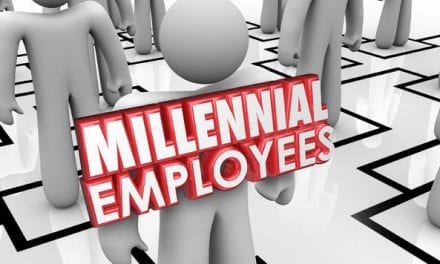There are three critical elements to the answer.
By Jacquelyn Kung
This is a great question to address. I would argue there are three critical elements to the answer.
Health Insurance in the US
Of the nearly $3 trillion of healthcare spending in the US today, approximately one-third is covered by employer-sponsored plans. Historically, the reason why employer-sponsored plans took off is because the US offered a tax break for employers. Now healthcare coverage is the number one priority for consideration in employer-sponsored benefits.
All of the major insurance companies, like United/Optum, Aetna, CIGNA, Humana, Blue Cross/Blue Shield, offer two types of services for employers:
- (1) health plans where you pool your employee lives with that of other smaller and midsized employers and
- (2) third-party administrator (TPA) or processing services for larger employers to own their own risk (usually employers with more than 1000 or more, ideally more than 2000, lives can stomach the costs of a NICU baby or expensive cancer treatment).
Health and Aging in the US
As we look at health and aging in the US, there are many overlaps with commercial health insurance sponsored by employers. The three that come to mind include innovation, retiree segments, and aging-related conditions.
- First, new models are direly needed in health and aging care delivery. Self-insured employer plans are arguably more agile and incentivized to try new things (self-insured means these large employers own their risk and just ask insurance companies for help using their network of doctors and hospitals, processing claims and fulfilling other paperwork).
- Second, retiree health benefits are sometimes provided by employers (versus Medicare options that you choose and pay for yourself). This is often the case in unionized companies as well as government organizations. As you can imagine, given rising healthcare costs, retiree health benefits are becoming much less commonplace.
- Third, commercial employer-sponsored health plans often pay for or prevent the side effects of aging. Knee and orthopedic surgeries often happen in the 50s age range, after a lifetime of playing sports and being active. This would be covered by the commercial and clear plan. More importantly, employer plans are adding more benefits to prevent the side effects of aging — including encouraging walking groups, eating well, and losing weight. This all helps health and aging — and for when an individual switches over to Medicare health coverage.
As a concluding note, employers are less and less able to bear the cost of rising health care, so more burden for health and aging care will switch over to Medicare (it is not unusual that commercial health plans try to delay certain higher cost surgeries for when an employee is off their plan and on Medicare).
If you have any questions or comments, please drop me a note!








